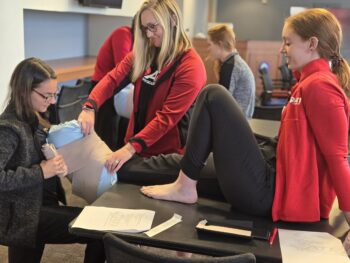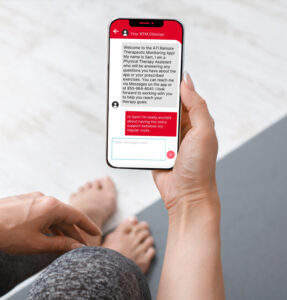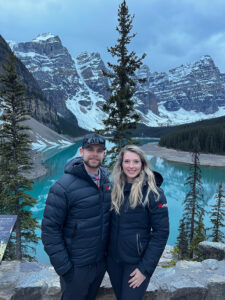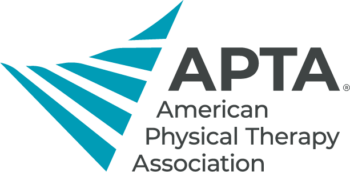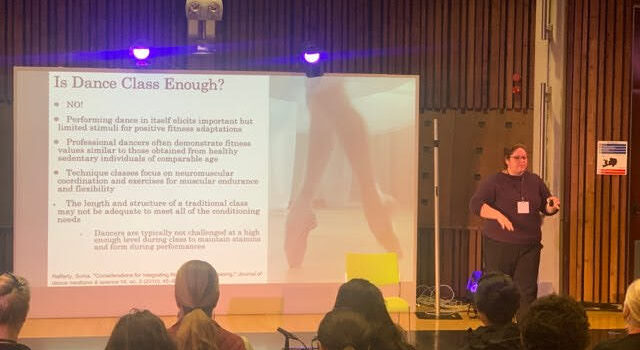 Physical Therapy
Physical Therapy
Using Telehealth to Increase Awareness for Dance Therapy
Telerehab Physical Therapist Catherine Vargo is taking her mission to help dancers out of the studio and moving it online. Still in her first year at ATI as a telerehab PT, Catherine brought her talents as a dance physical therapist to ATI to expand access for those who express their art through movement.
A former dancer, Catherine decided to pursue physical therapy after being treated for an injury. “The PTs I worked with were good, but they didn’t ‘get it,'” Catherine explained. “I knew there had to be people that ‘got it’ like there are therapists who understand football, basketball, or soccer. That’s why before Day One, I have always told others I wanted to be a PT that takes care of dancers.”
She’s accomplished just that, previously serving as the onsite PT for dance athletes on a professional level at the Pittsburgh Ballet Theatre, for those on the collegiate level at the Conservatory of Performing Arts at Point Park University, and for many local dance studios in the Pittsburgh area.
But Catherine’s impact spans more than her local community and the athletes she treats. She remains committed to clinician education and dance medicine by presenting at conferences in Italy, Ireland, Canada, throughout the United States, in Ohio, New York, Pennsylvania, and Indiana, as well as virtually. She is also professionally associated with professional organizations, including the Performance Arts Special Interest Group of the APTA, the International Association of Dance Medicine and Science, DanceUSA TaskForce on Dancer Health, and the Performing Arts Medical Association.
“We have a world-renowned dance medicine PT here at ATI,” Virtual Operations Director Michael Manning told the RoundUp team. “She holds licenses in eight states (PA, MA, SC, MD, DE, GA, and IN) and the District of Columbia and is available for patients via telehealth. It would be a shame for others not to know we have such a valuable resource and member on our PT team.”
Catherine quickly emphasized Michael’s point: “I want to help educate dancers and providers, to help bridge the gap so these athletes feel heard, understood, and receive the care they need. Just like you wouldn’t tell a star quarterback to stop playing, dancers want the same care and consideration. The answer is rarely simply to stop dancing. I hope that with ATI’s resources and reach, we can improve access to care for this unique athlete population.”




